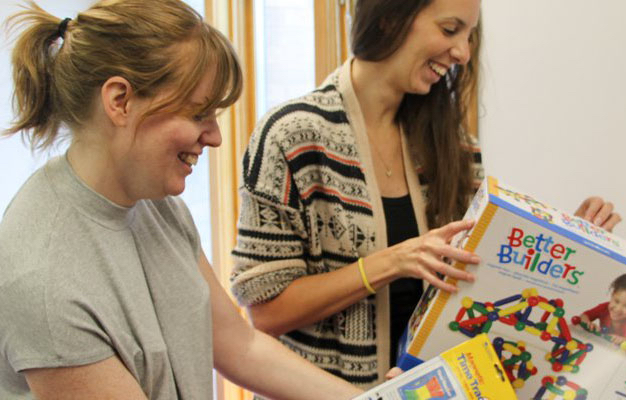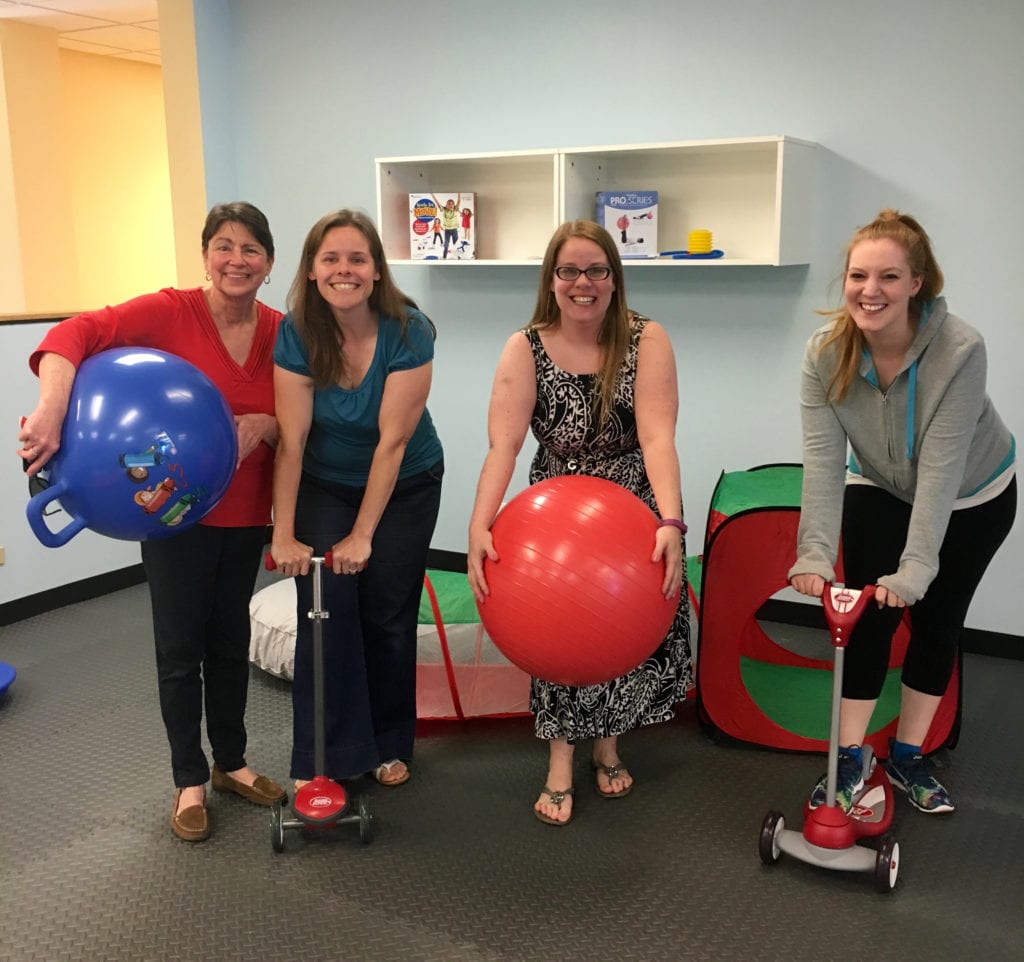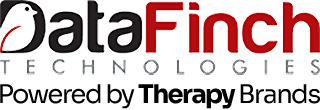We recently had the pleasure of speaking with Catalyst client Laura McKee, CEO of Autism Home Support Services headquartered in the Chicago area. We discussed current happenings and future plans for AHSS, as well as Laura’s insights on the ABA industry and organizational practices.
AHSS has been growing rapidly in the past year. What are a few of the major highlights and accomplishments of which you are most proud?
It has been a year of growth! I am most proud of our focus on enhancing our team and quality of service. Over the past year we have significantly invested in what we call our “Training 3.0” program. The Training 3.0 program increases the intensity and quality of training so our more than 500 therapists have the best support we can offer them. We’ve continued our BCBA professional development efforts to include support at conferences, research programs, reading groups, as well as soft skills training and case conceptualization training. We’ve graduated more than a dozen clients, which is a huge accomplishment to celebrate for our team. We moved into a new headquarters space providing a better environment for the HR, Client Services Scheduling, Insurance, and Finance teams. These teams support our BCBAs and enable them to focus on our clients, so the new office was a big deal for us! We’ve opened two new therapy centers in our home market of Chicago, continued to grow our teams in Michigan and launched a team in our third market, Colorado. We’re really proud of having built a team that now services 450 clients.
Tell us about your Client Training initiative. What is your major goal with this initiative?
Yes, Training 3.0 focuses on our team, but we’ve also enhanced our Parent Training program. Our BCBAs are customizing goals for parents so they have the ability to collect data on particular behaviors and skills their child is working on in the off hours, allowing us to track progress even when we’re not there.
Do all parents participate in the Client Training program take data?
It is our goal to have parent programs in place for 80% of our clients. As an organization focused on in-home therapy, parent training is a fundamental piece of what we do and part of every program we work on. Parent training is individualized, just like our child programs, based on what’s going to have the biggest impact and be the most socially significant for that particular family.

Training 3.0… is the “3.0” indicative that you’ve tried this a few times before and decided you needed to re-vamp the program?
You got it. AHSS believes in continuous improvement and we’re constantly looking at our processes and policies to figure out how to take it to the next level. In Training 3.0, we’ve developed a customized sequence of video training modules, group training, and one-on-one coaching that prepares our staff for their competency assessments. Additionally, AHSS has always used a custom competency assessment to evaluate our Care Team Members, but we are now in the process of integrating the Registered Behavior Technician (RBT) credentialing process into our training as well.
Some organizations seem to struggle because they are growing so rapidly they don’t have the resources to focus on training the way they would like.
Yeah! It’s a real challenge in our industry because the demand for service is so high and there is such a sense of urgency to start therapy as early as possible in order to develop skills when the brain is most neuroplastic. We’re doing everything we can to enhance the efficiency and effectiveness of our processes, particularly around training and onboarding, so our team members can be effective as quickly as possible.
What is the average amount of time it takes for a Care Team Member to go through the training and on-boarding process before being able to independently serve clients?
Care Team Members need approximately three to four months to complete Training 3.0. This includes the initial orientation training, the customized video training sequence, and working hand in hand with their Program Lead coach. We are working in parallel during this entire process to ensure the therapists are developing the ABA skills they need. This is not to say they are done developing skills and capabilities once training is over; every one of our therapists is constantly improving their skills. However, our team structure of Program Leads and BCBAs providing support in the home allows our Care Team Members to get up to competency as quickly as possible.
What are some of the major challenges you’ve faced in the past year with growth and expansion?
The insurance environment and processes are constantly changing. That is why we have an insurance team focused on streamlining our documentation and communication processes. Managing those insurance relationships is a critical area of focus. More broadly though, is the challenge of communication and the need to help parents understand the ABA process at a larger scale. We’ve developed soft skills training with Linda Heitzman-Powell at the University of Kansas to help with parent communication and to develop leaders on our team who understand how to listen appreciatively and actively, how to provide and receive constructive feedback, and how to work collaboratively with our parents and team.
What’s next? What can we expect to see from AHSS in the next 12 to 18 months?
We certainly recognize that there’s still a huge need in our home market, so we are focused on continuing to improve access to care here. We plan to expand in our newly established markets and to open additional centers in Michigan and Illinois. The reason we’re in Colorado is not just because it’s a market with great need and a favorable reimbursement environment, but because we had some very talented staff here in Illinois who wanted to move to Colorado. We expect we’ll continue to have opportunities where talented people want to relocate, allowing us to expand into new markets.

Let’s talk about technology. How is technology changing the game for Autism Home Support Services?
There is no way we could deliver the quality of service and communication required without technology. We use technology in the back office from a billing perspective to the frontline from a clinical support perspective. We use a very robust intranet to collaborate on cases with HIPAA compliant protocols and for our peer review committee to weigh in on best practices. We also use a lot of conference calling and webinar technology to support that communication. We’re always looking for the next opportunity and set of technology that will make life easier for our clients and our team. That’s really what our view of technology is – it can make people’s life easier, so let’s figure out the best way to do that.
It’s great to see the ABA industry embracing technological advances. How might Telehealth break down borders for AHSS in the future?
It absolutely is. We are firm believers in Telehealth and enabling people who do not have access to therapy to get that access. Insurance payers are slowly moving that direction as well. That’s been more of a constraint than technology – ensuring that the funding streams will support Telehealth. Of course there is still a lot of work that needs to be done as far as developing best practice and training protocol for Telehealth, as well as how to support it. Our team believes there is no replacement for face to face interaction, but we also believe in augmenting and accelerating progress by leveraging every resource we can. BCBAs cannot be present everywhere they would have a positive impact, and Telehealth can help leverage those terrific skills.
Has there been any new research or discoveries in the past year that have changed your business model?
There is a lot of emerging research on outcomes. It’s still in developing stages for our industry, but the more ways we can evaluate the progress of ABA, the more impact we’re going to have as a field. The work that I’ve seen on outcomes measurement shows the earlier we get there and the more hours of one-on-one direct therapy we’re able to deliver, the better the outcome. We’ve always been focused on this, and now we’re seeing more and more support around the concept. We’re also adding centers because of research we’re seeing on the benefits of, and client interest in, center-based therapy. We have a unique perspective on center-based therapy because we will never abandon AHSS’s core ethos of home therapy. However, we believe there is an opportunity for a hybrid model that offers both center-based and in-home therapy when it is clinically appropriate.
What advice would you give to agencies looking to grow their current market or expand into other markets?
As a leader and as an organization, choosing your focus well is the most critical thing you can do. Stay focused on your clients, stay focused on the people that service your clients, and stay focused on why you’re here and what your mission is. That’s how you ensure you’re making the right choices and putting the right resources in place to grow. We firmly believe in growth because of how many kids need the help. But, growth is both exhilarating and challenging. It’s not easy, and you really have to have the intent to put the right resources in place to ensure people have the support they need to deliver high quality services. So, focusing on what’s important, your clients and your people, is the number one thing I would recommend.

Laura McKee is CEO of Autism Home Support Services, which provides ABA services to families throughout the Chicago area.
